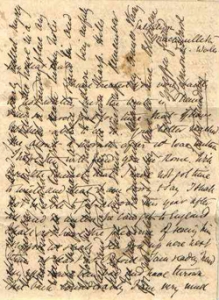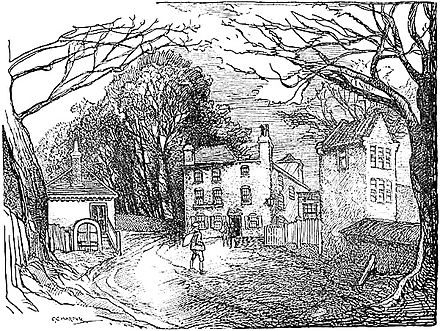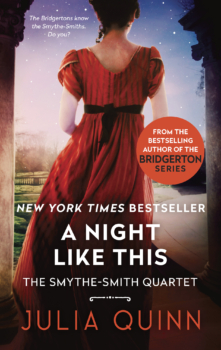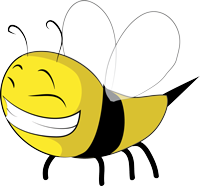- Harriet Pleinsworth first made her first appearance in It’s in His Kiss when Hyacinth and Gareth discovered that what they thought was to be a poetry reading had been changed to a performance of an original composition—The Shepherdess, the Unicorn, and Henry VIII. Written, of course, by Harriet Pleinsworth. It’s in His Kiss takes place one year after A Night Like This, so I had a lot of fun setting up the pieces of Harriet’s future “masterwork.”

- I have always been fascinated by postal systems and had great fun researching how Anne might send letters to her sister. At the time of A Night Like This, postage was paid by the recipient of a letter, not the sender. Since postage was calculated in part by the number of sheets in the letter, many people economized by writing “crossed” letters. After filling a sheet with words, the writer would turn the paper ninety degrees and start again. It looks difficult to read to me, but I’m told that it’s not so bad once you get the hang of it. Members of Parliament (including peers sitting in the House of Lords) were able to send letters without charge. This was called “franking,” or using their “free frank.” All they had to do was sign their name on the front of the letter. As you can probably imagine, the privilege of the free frank was widely abused.
- You wouldn’t think it would be nearly impossible to include a reference to a Shakespearean play, but I had a fiendishly difficult time figuring out the proper way to mention Henry VI, Part II. That’s what I had in my manuscript, but my copyeditor changed it to Henry VI, Part 2. This crazy half-italicized version looked completely wrong to me so I went online and the very first reference I found was: Henry VI, Part 2. In my agony, I asked my husband what he thought. He very wisely grabbed our copy of The Complete Works of Shakespeare, and we found The Second Part of Henry VI. And as if that weren’t enough, I stumbled on an academic website that listed it as 2 Henry VI. At this point, I did what I should have done in the first place. I emailed Eloisa James, whose day job happens to be Brilliant Shakespeare Professor. She informed me that academics do refer to the play as 2 Henry VI and that she thought that in conversation people would have said The Second Part of Henry VI. Is anyone dizzy yet? I decided to eliminate the problem and change it to Macbeth. But then guess what happened? My proofreader noticed that I had forgotten to change an earlier reference to the play and I was scolded for calling Macbeth a history instead of a tragedy. I ended up changing it back to Henry VI, Part II. Which is what I had in the first place.
- All of the inns mentioned at the end of the book are real inns in Hampstead. The Spaniards Inn (where much of the action takes place) is one of the oldest inns in London and has quite a storied history. Dick Turpin, the famed highwayman, was apparently born there, and Charles Dickens mentioned it in The Pickwick Papers. I don’t believe you can stay at the inn any longer, but the restaurant and garden are very popular.

“The Spaniards,Hampstead Heath”. from The Old Inns of Old England, Volume I (of 2), by Charles G. Harper page 323. Illustration by author. Published in London in 1906 by CHAPMAN & HALL, Limited. Public domain image.





